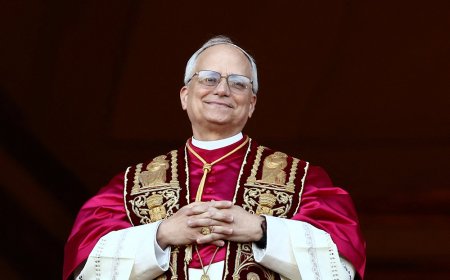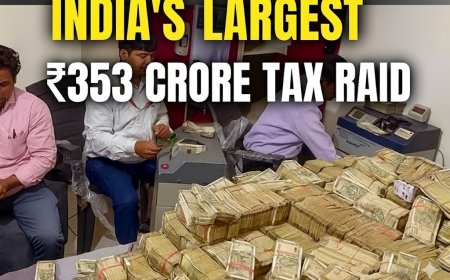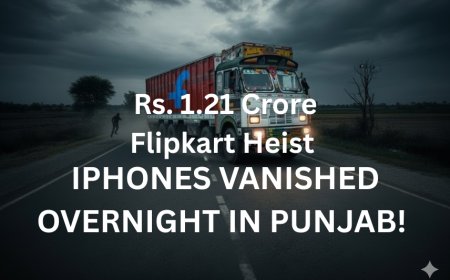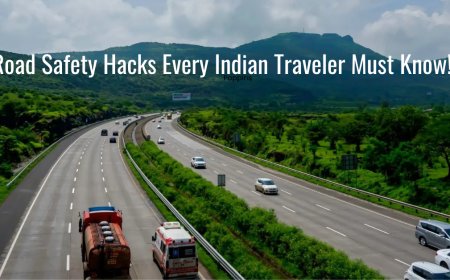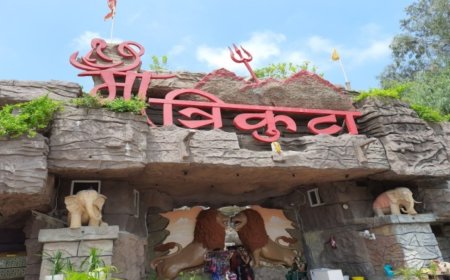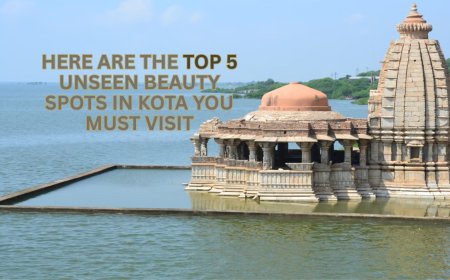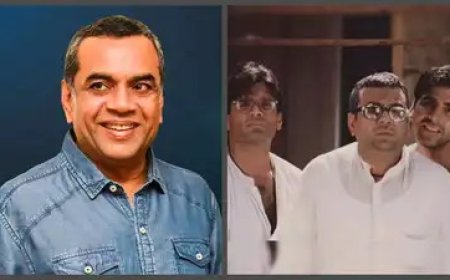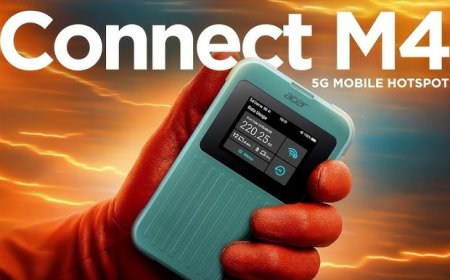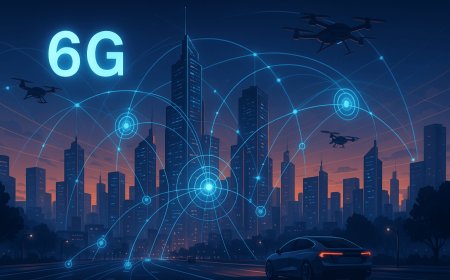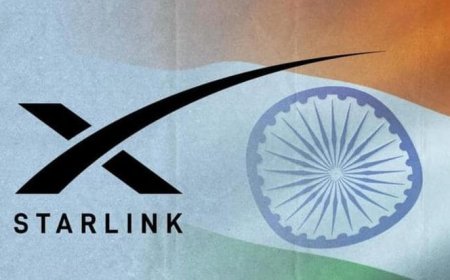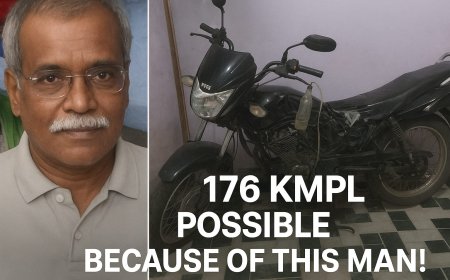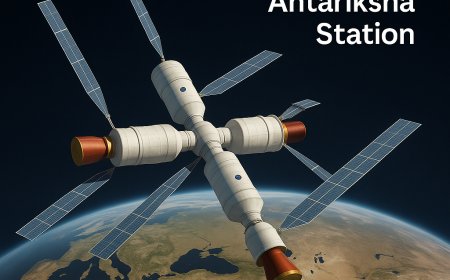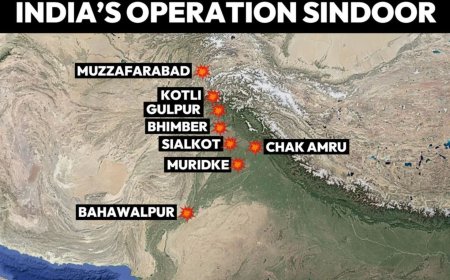How a Tiny Island Beat the Rest of India to 100% Solar Power - The Inspiring Story of Diu
Discover how Diu became India’s first 100% solar-powered district, cutting costs and emissions while setting a model for sustainable energy independence.
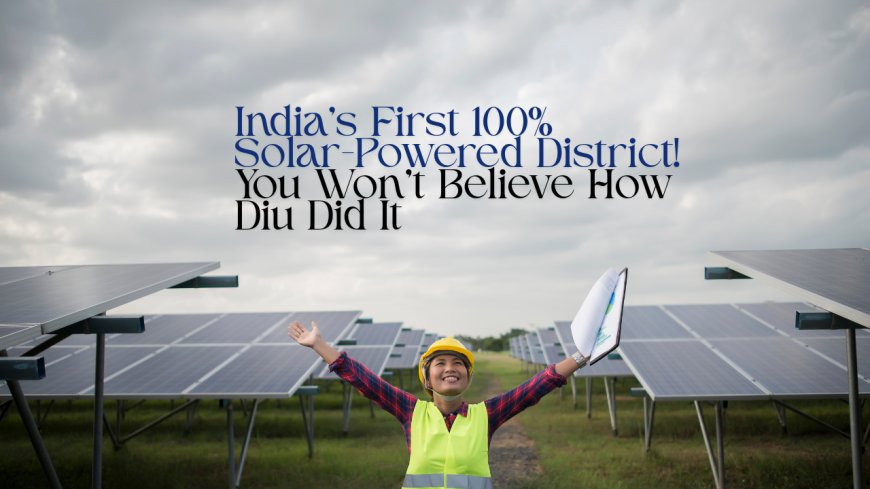
If you were told that India's first 100% solar-powered district is not a technology hub or even a large city but a small island with a population of slightly more than 50,000 people, you would be surprised. That is precisely what Diu, a small coastal district in the Union Territory of Dadra and Nagar Haveli and Daman and Diu, has achieved.
This island has accomplished something incredible: it now gets all of its electricity from the sun. Houses, offices, hotels, and government buildings all get their electricity from sunlight. No coal dependency, no backup from Gujarat's grid. Unadulterated locally generated renewable energy.
Let us see how Diu accomplished it, how it transforms India's energy future, and why this model can be the template for a very sustainable nation.
The Dawning of a Solar Revolution
A decade ago, Diu was much like any other Indian district—reliant on electricity imported from the mainland, facing high transmission losses, rising bills, and little control over its own power supply.
It all changed when the Ministry of New and Renewable Energy (MNRE) and local administration launched an ambitious solar mission. The concept was straightforward: make Diu energy self-sufficient with the use of renewable energy.
At present, the capacity of solar power generation on the island is 11.88 megawatts (MW). 9 MW consists of ground-mounted systems, which are mostly located at the Fudam Solar Park, and 2.88 MW of rooftop photovoltaic systems on residential homes, government buildings, schools, and hotels.
Such an arrangement is far in excess of Diu's daily energy needs. Even on cloudy days, the capacity and storage of the system are so enormous that no interruption in supply ever occurs.
The country's large push program arrived in the guise of schemes like the PM-Surya Ghar: Muft Bijli Yojana that offered up to 300 units of free electricity per month to eligible households that could be equipped with rooftop solar panels. The country's citizens embraced the idea in time, enjoying the economic as well as environmental advantages that came with turning towards solar power.
What the Numbers Say
The whole cost of solar conversion of ₹62 crore has itself been recovered with savings in power and the sale of surplus energy.
The shift has lowered electricity bills of small businessmen, hotel owners, and domestic industries such as ice factories and fisheries by a large amount, MNRE officials say.
Previously, Diu was drawing power from Gujarat's grid. That not only increased the cost of power but also involved transmission losses in the distribution of the same. Now, with total self-sufficiency, the losses are down to zero, and people pay reduced tariffs compared to before.
That is what makes the story of Diu unique; this is not merely a sustainability story; it is one of shrewd economics.
A Cleaner, Greener Diu
The green footprint of this change also comes as a surprise. Solar power replaced fossil-fuel-based sources of power that otherwise would have generated emissions.
To everyone's surprise, Diu did not exchange its residential or farm land with solar panels. Most of the panels were fixed on non-arable, unused land without causing displacement or disruption of existing livelihoods.
Prime Minister Narendra Modi valued Diu's model as one of "Sabka Prayas", a joint effort in which the government, society, and technology came together in unison. He further stated that the renewable shift of the district saved about ₹52 crore in power purchase cost, along with carbon emission savings.
Walk the streets of Diu today, and you will see solar panels shining on rooftops, working silently to provide power. The atmosphere is fresher, the roads better lit, and all are proud to be a part of something bigger than themselves.
Why Diu's Model Matters
The truth is that India is the world's third-largest energy consumer, and usage just continues to increase. Even though there is more than 226 gigawatts of renewable power capacity in the country, scale and integration are concerns.
That is where Diu's story comes in. It shows that small towns can be completely energy self-sufficient using decentralized solar systems. Unlike gigantic power stations that convert energy into national grids, decentralized systems generate and utilize energy at the site. That makes them strong when there is a power loss or a grid breakdown.
In a way, Diu is an in-situ case study in the balance of reliability, affordability, and sustainability. It shows that the transition to clean energy need not be slow and cumbersome but needs the right blend of policy, local compliance, and public participation.
A Model Worth Replicating
Union New and Renewable Energy Minister Pralhad Joshi has recently expressed that the Diu success story should be mirrored across the rest of India, especially in rural and semi-urban districts where gigantic expanses of wasteland or rocky land are lying waste.
He is right. It's a simple equation: use unused land, install solar panels, use smart grid management, and incentivize local adoption with subsidies or initiatives like PM Surya Ghar.
Diu's model also fits India's Panchamrit targets perfectly, which have a 500-gigawatt target for non-fossil capacity by 2030. Apart from reducing emissions, this transition leads to something equally precious: jobs.
Each solar installation, from panels to maintenance, is a job creator. Installation, inspection, and maintenance demand semi-skilled and skilled laborers. Clean work at the workplace, green power illuminating homes, but nourishing life as well.
The Road Ahead
Diu has yet to complete the work. The second is to augment storage so that the power supply does not fall during the night or on prolonged spells of cloudiness. Even more rooftop solar penetration is planned for the district so as to make it available for each and every home.
Another engaging project is to integrate Diu's real-time energy data into the National Renewable Energy Dashboard. This will allow policymakers, researchers, and other municipal governments to track performance, glimpse efficiency, and extend the model to other places more easily.
The government is already analyzing Diu's solar pattern so that the same trend can be followed in other islands and coastal areas, where remoteness from main grids makes local generation even more important.
What This Means for India
If it is possible to power one district 100% with solar power, then what 100 districts similar to it could accomplish is unimaginable. The effect could transform the energy profile of India, abolishing dependence on imported fuels, reducing emissions, and building more localized economies.
It also sends a powerful signal to the rest of the world. As the rich countries go on debating net-zero goals, India's small towns are steadily turning those dreams into a reality.
The Diu lesson is simple: energy self-sufficiency begins not with gigantic power plants or billion-dollar expenditures. It begins close to home, where citizens stake their destiny in the energy domain.
A Bright Example
Stand anywhere in Diu during sunset, and you’ll see the sky painted in gold and orange. That same sunlight, just hours earlier, powered the island’s homes, schools, and hospitals.
There's poetry in that. A nation that once relied on external power now produces its own. Technology, policy, and public collaboration converged to create something that is not just cost-effective but also future-proofed.
The Diu story demonstrates that change need not always be grand rhetoric or humongous infrastructure every time. At times, it is just hard work and a bit more vision.
Perhaps, and hopefully, Diu is leading the rest of India to that future, bright, clean, and powered independently.
What's Your Reaction?
 Like
0
Like
0
 Dislike
0
Dislike
0
 Love
0
Love
0
 Funny
0
Funny
0
 Angry
0
Angry
0
 Sad
0
Sad
0
 Wow
0
Wow
0


